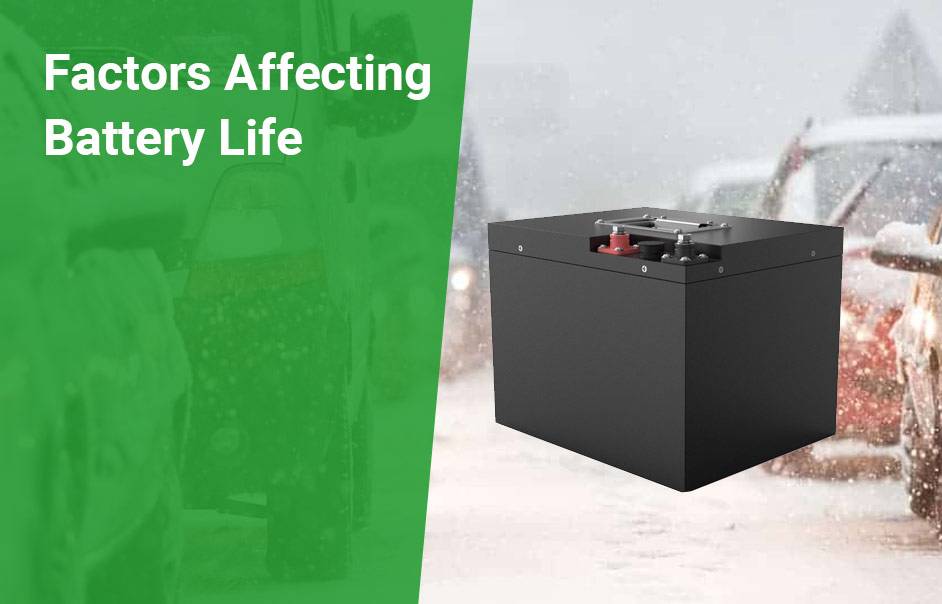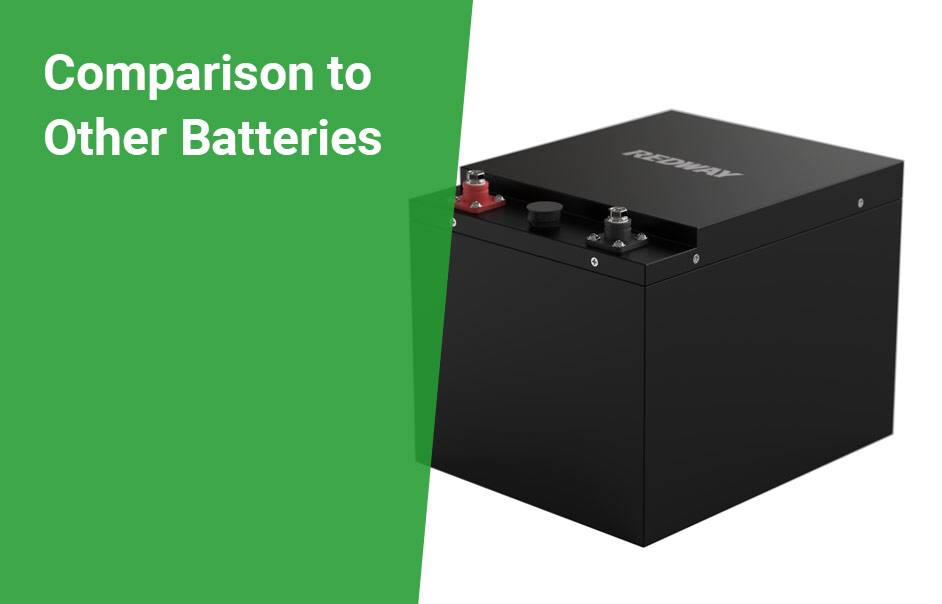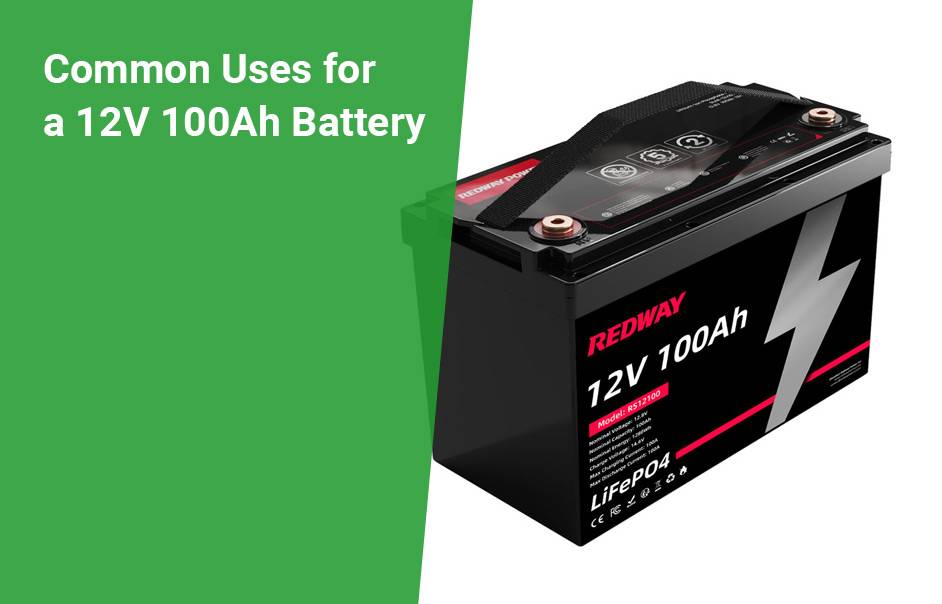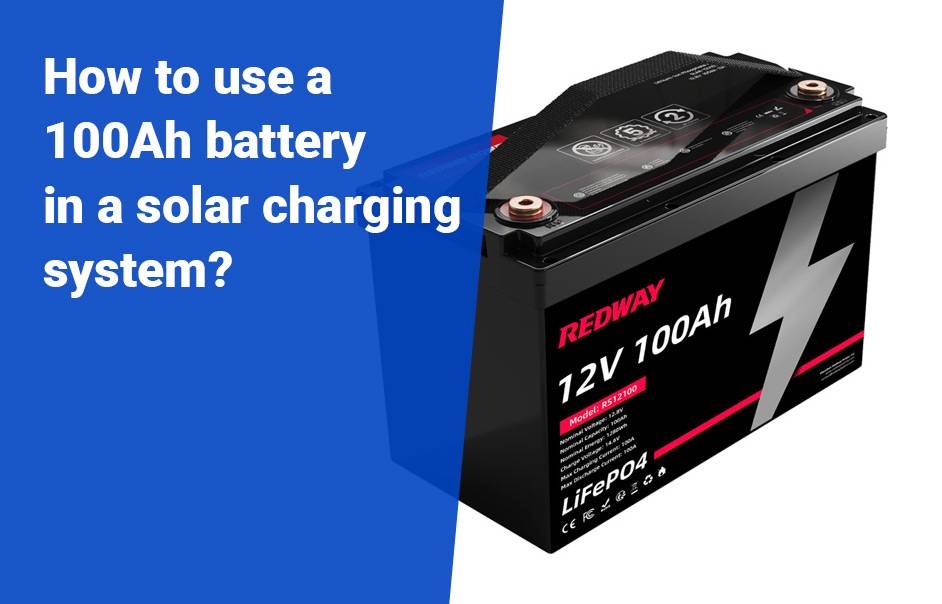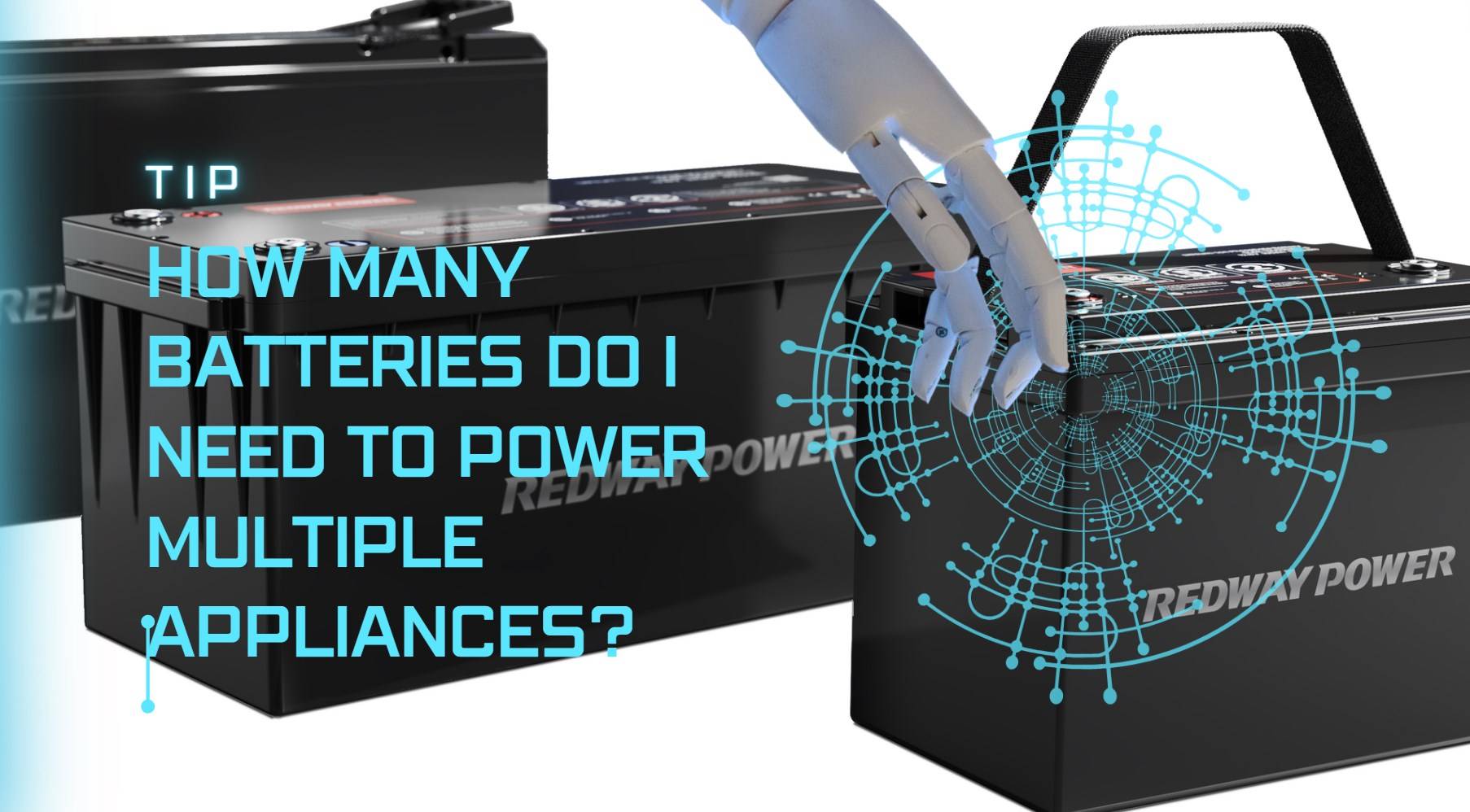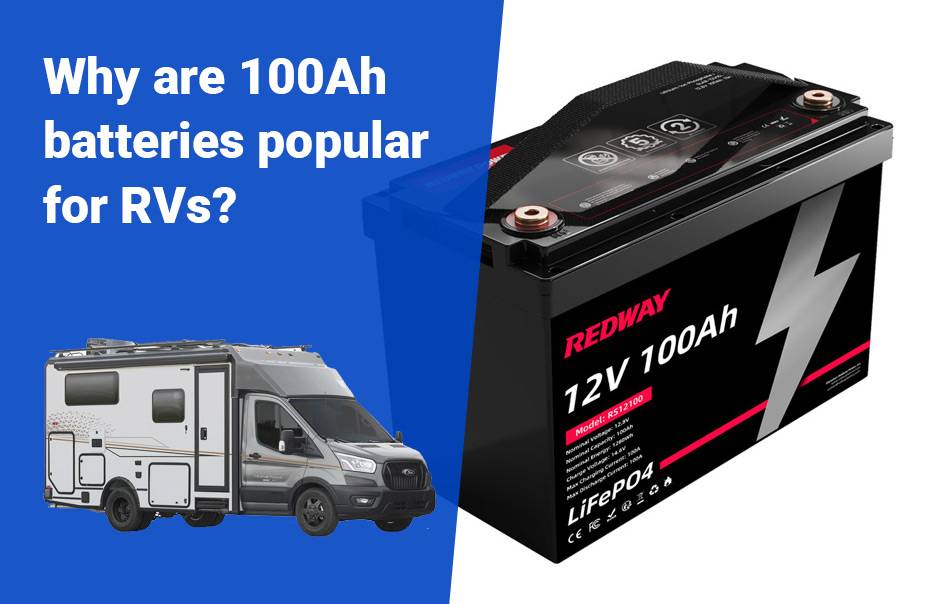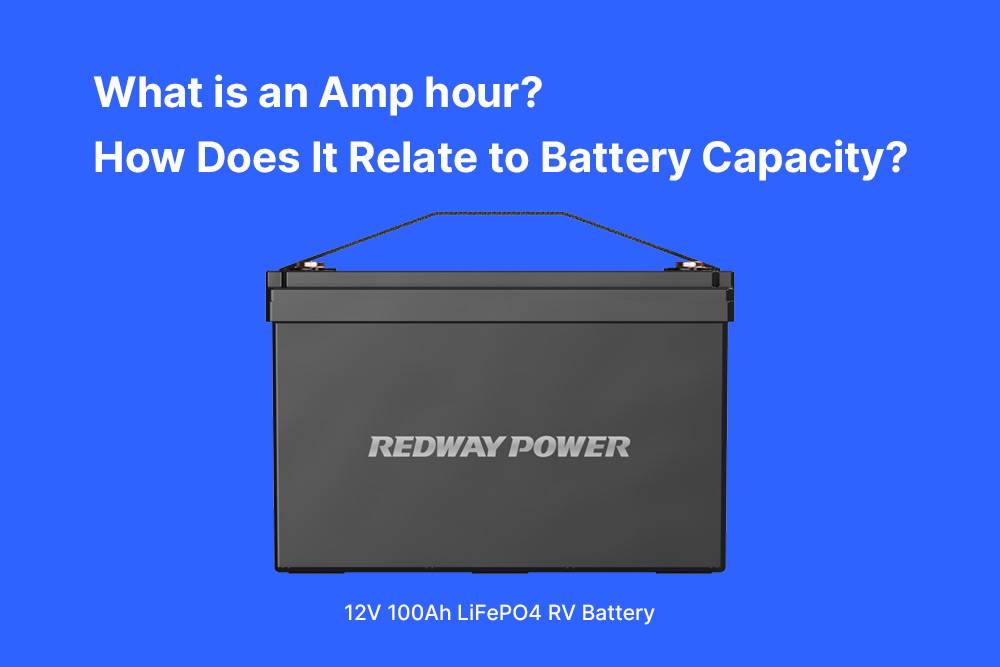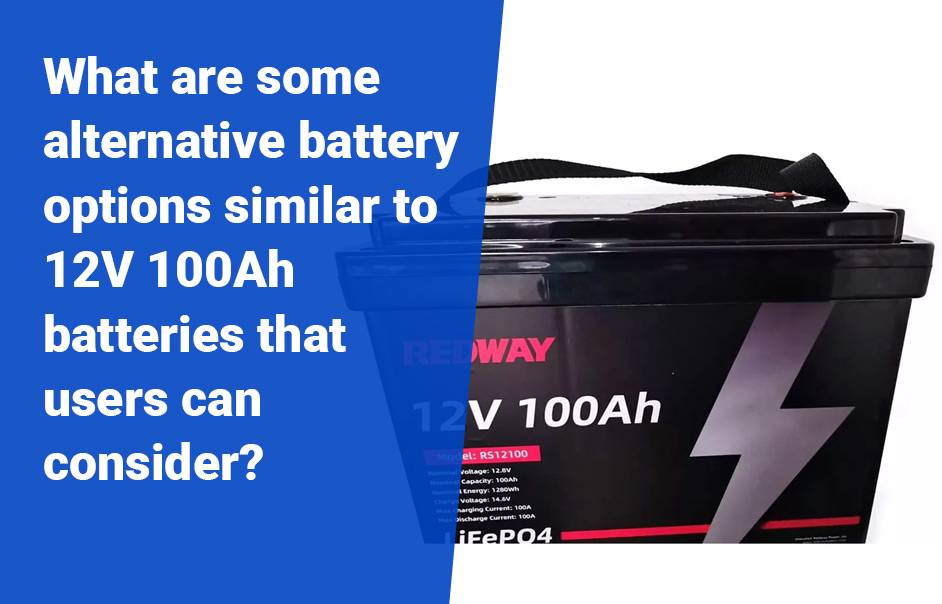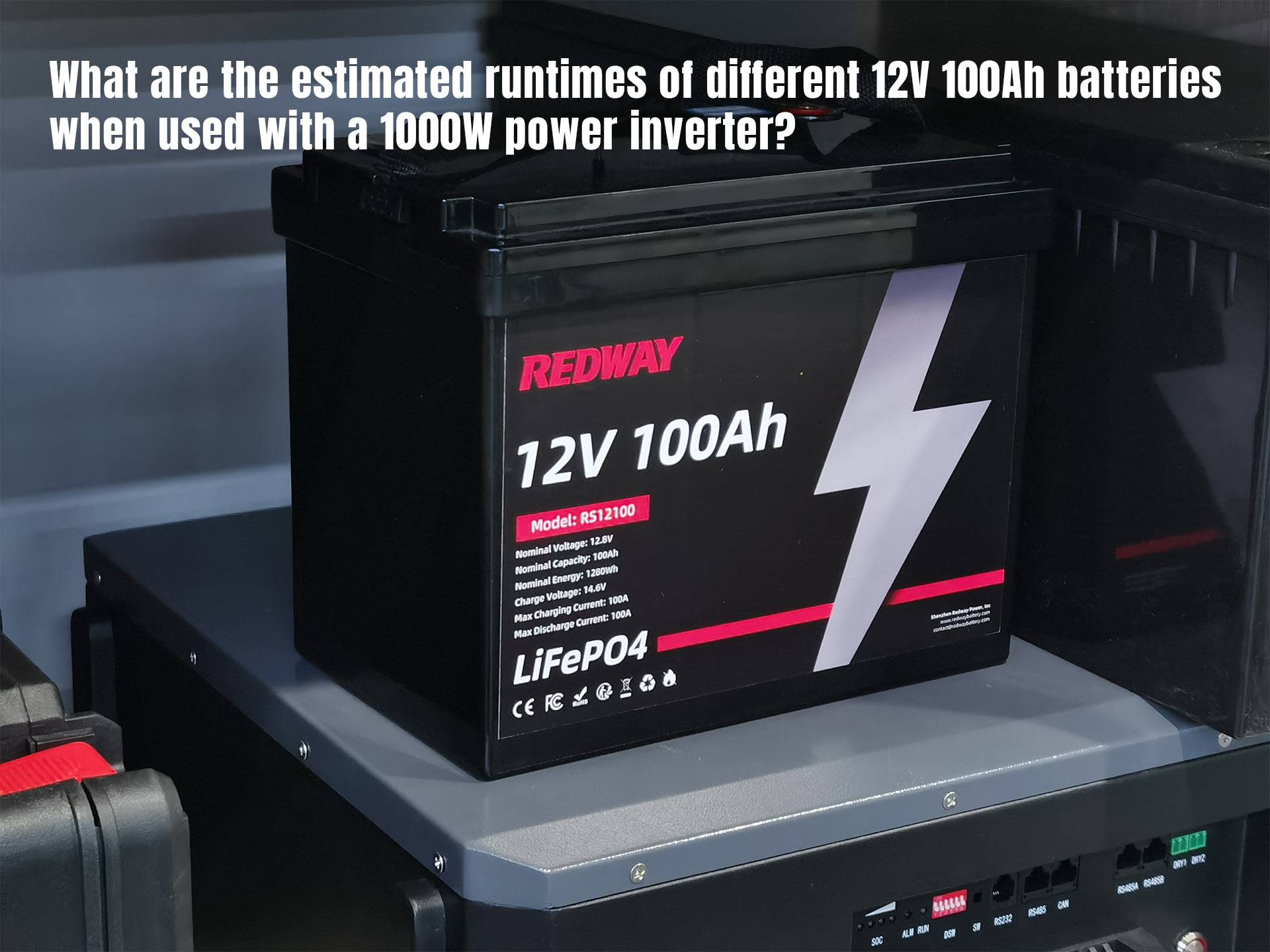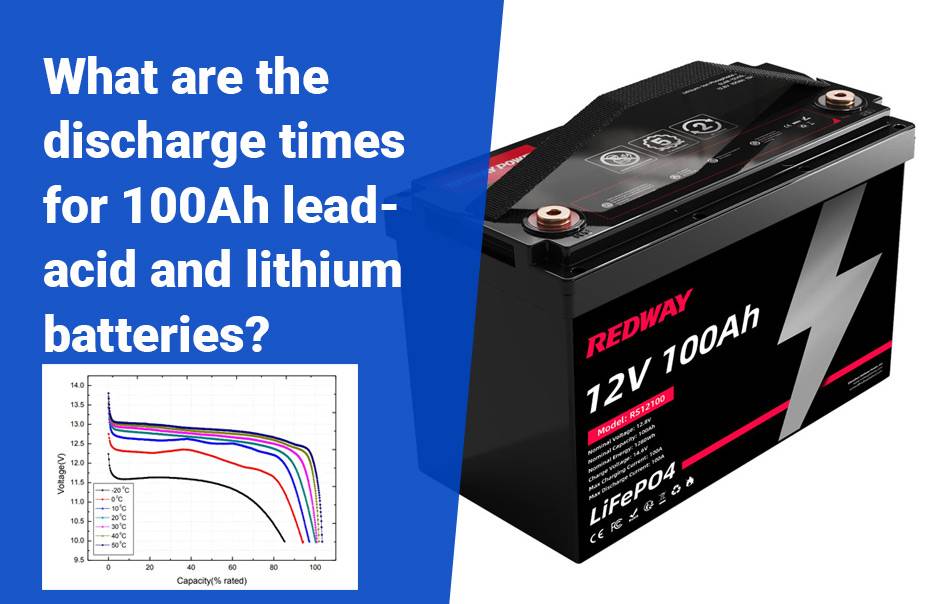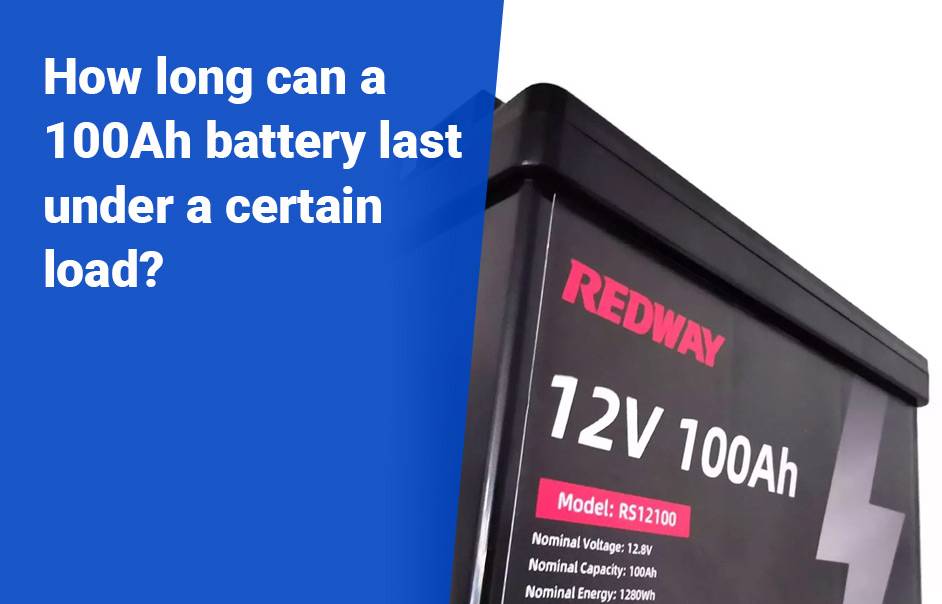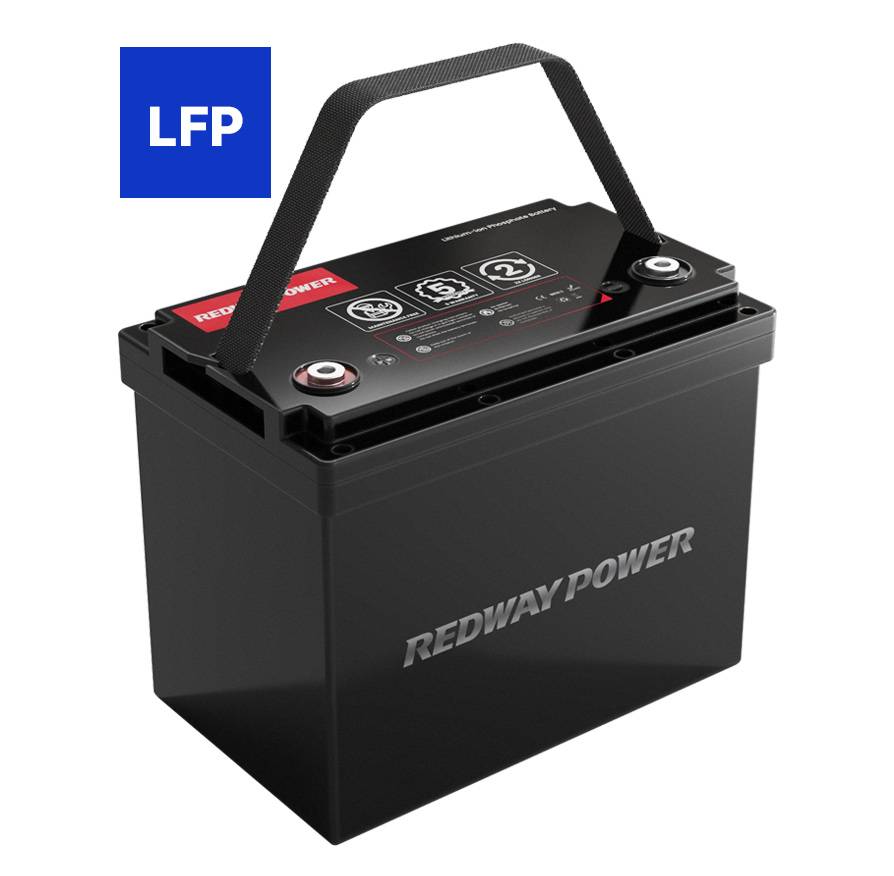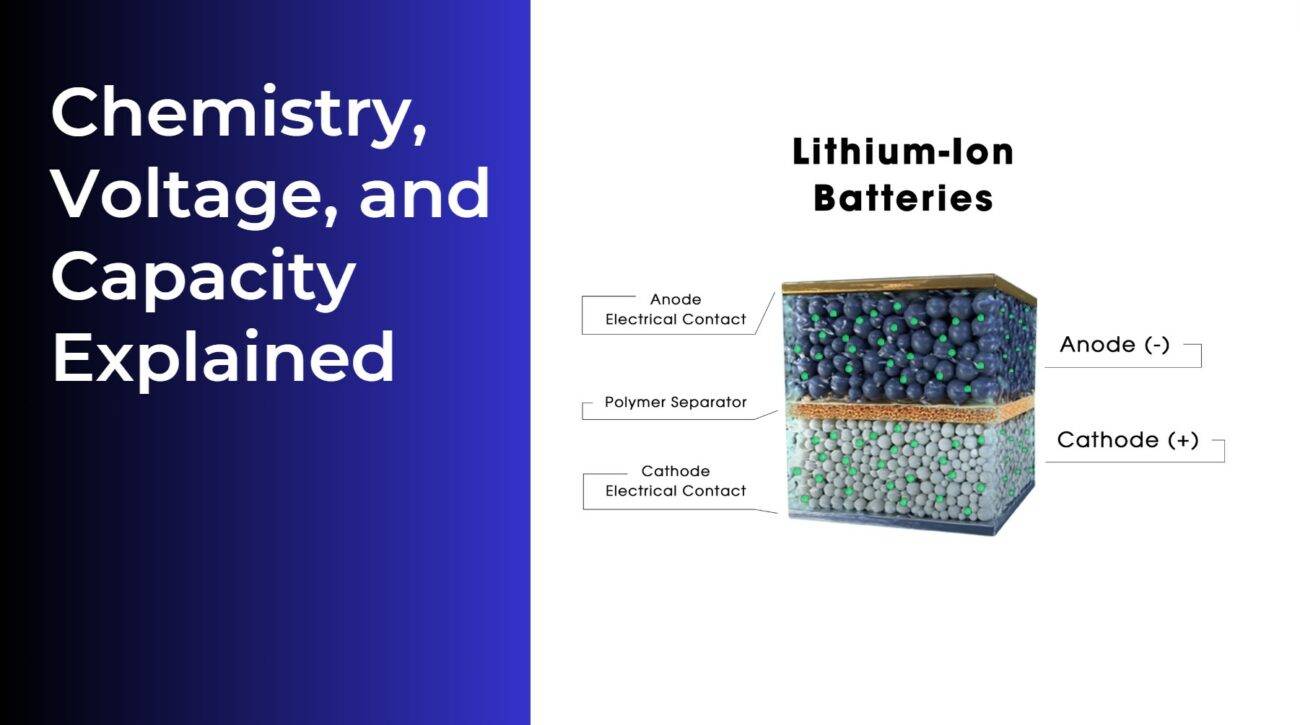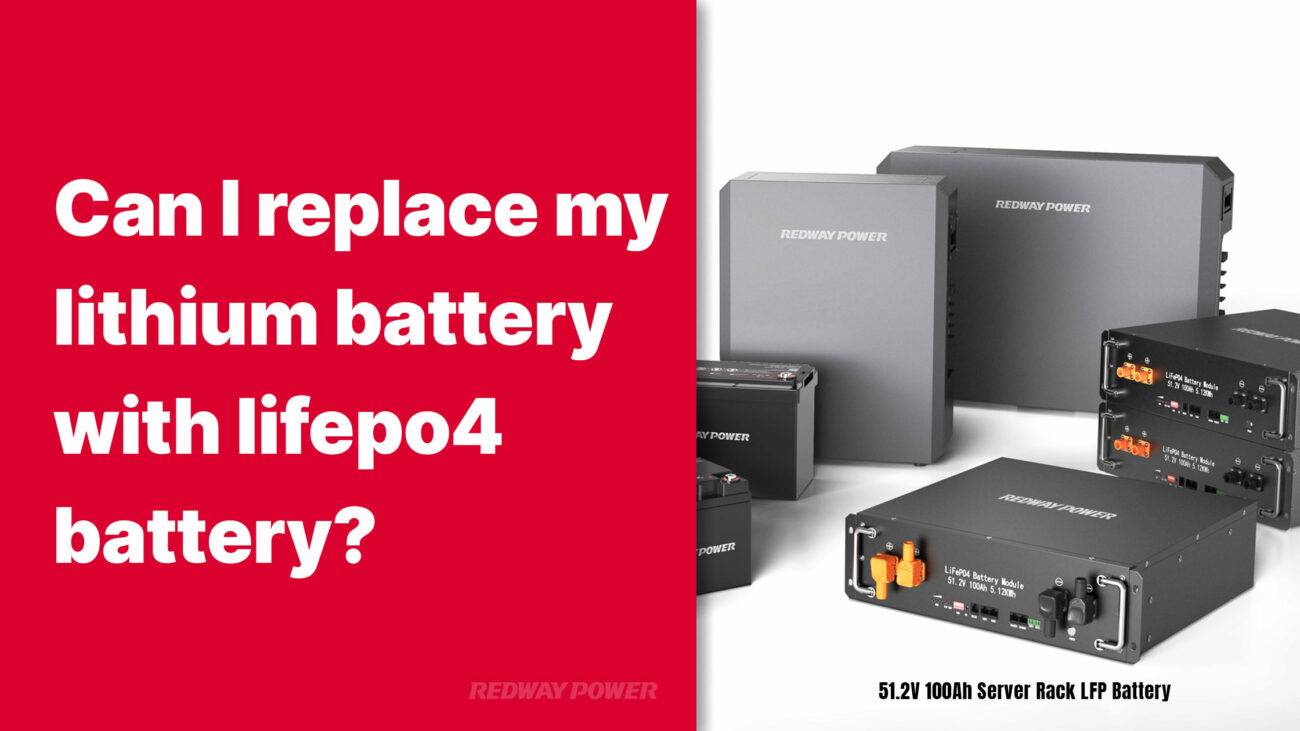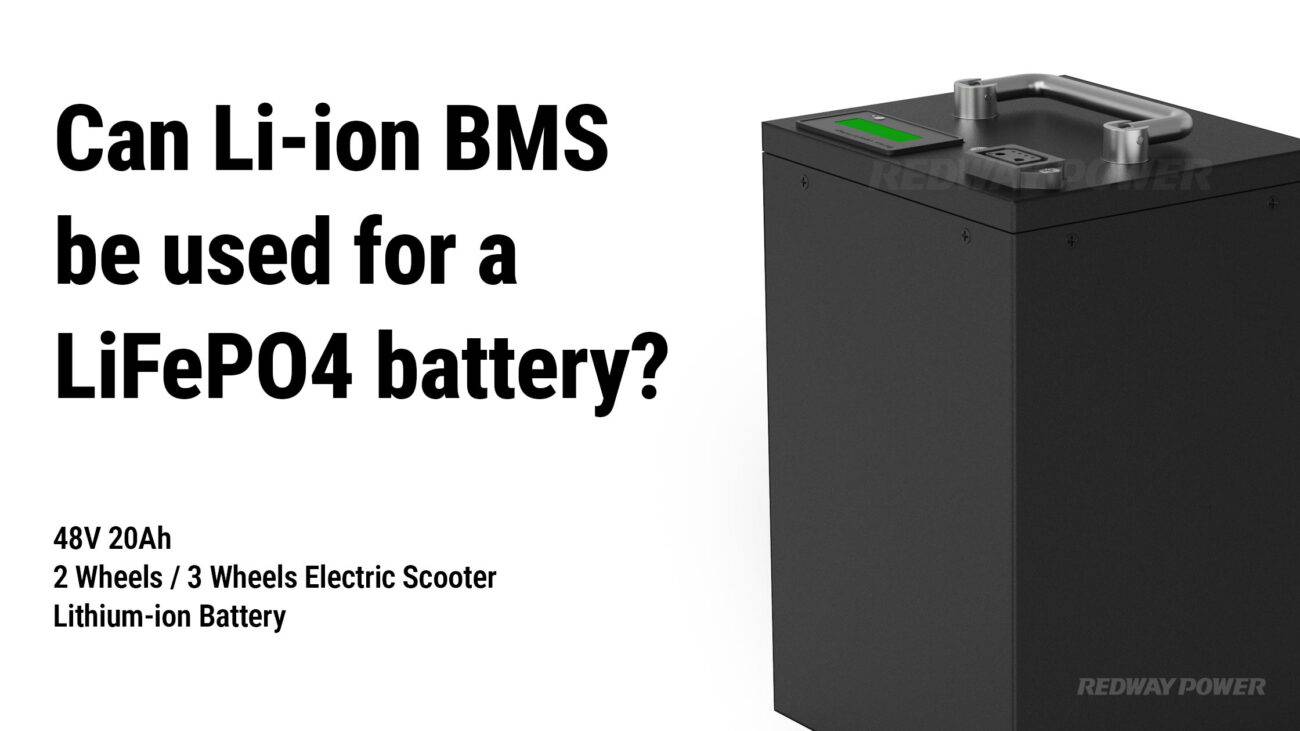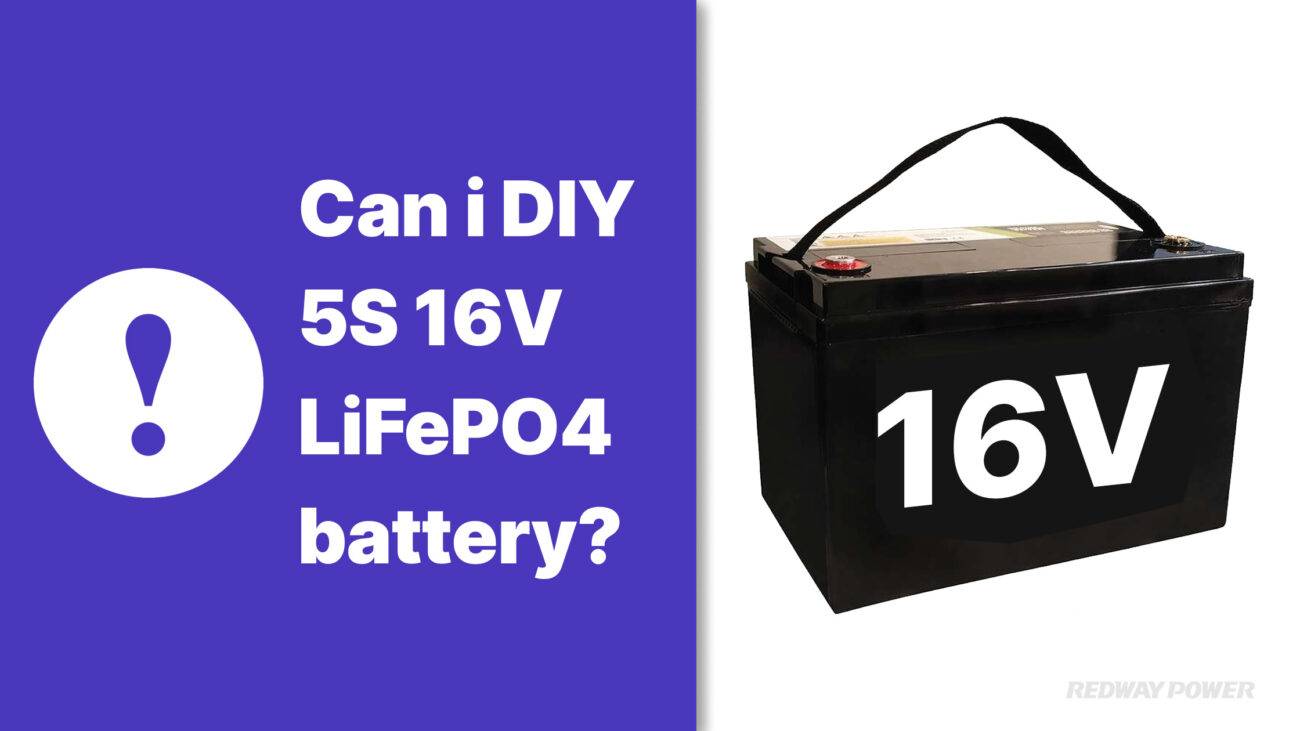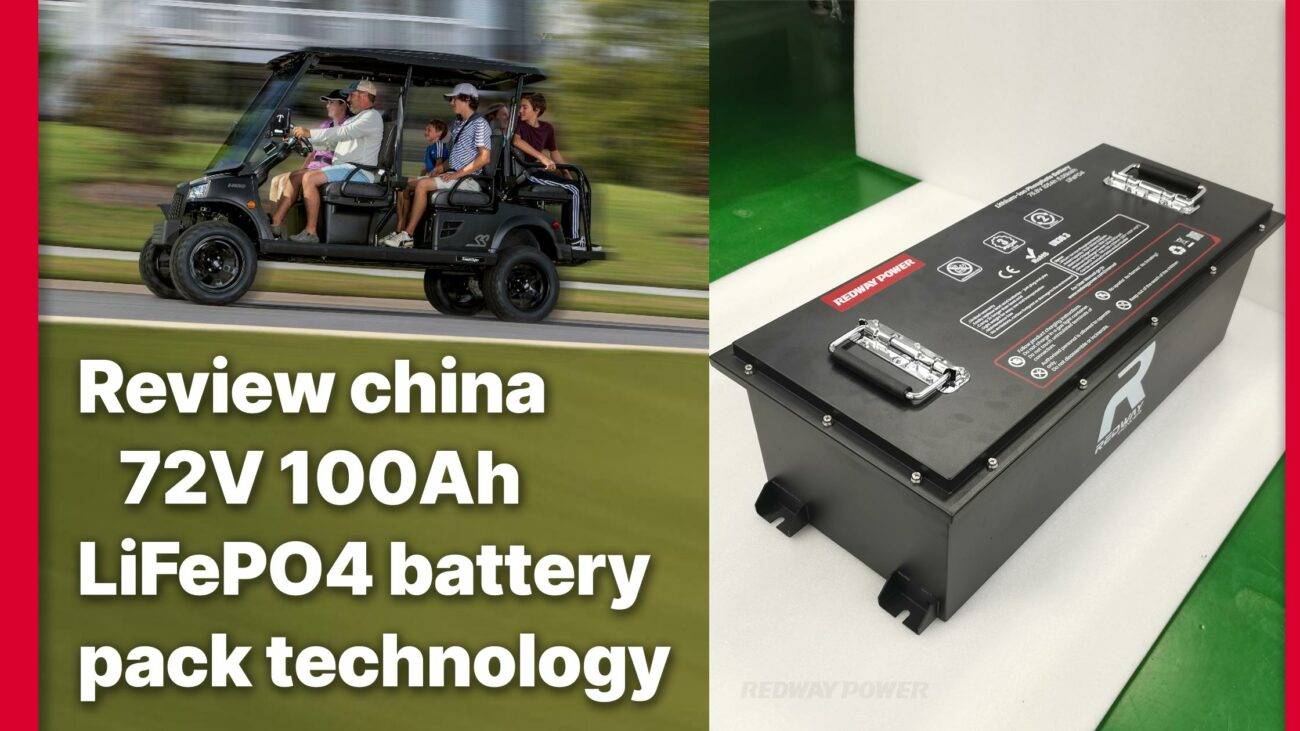- Rack-mounted Lithium Battery
- Golf Cart Lithium Battery
-
Golf Cart Lithium Battery
- 36V 50Ah (for Golf Carts)
- 36V 80Ah (for Golf Carts)
- 36V 100Ah (for Golf Carts)
- 48V 50Ah (for Golf Carts)
- 48V 100Ah (Discharge 100A for Golf Carts)
- 48V 100Ah (Discharge 150A for Golf Carts)
- 48V 100Ah (Discharge 200A for Golf Carts)
- 48V 120Ah (for Golf Carts)
- 48V 150Ah (for Golf Carts)
- 48V 160Ah (Discharge 100A for Golf Carts)
- 48V 160Ah (Discharge 160A for Golf Carts)
-
Golf Cart Lithium Battery
- Forklift Lithium Battery
- 12V Lithium Battery
- 24V Lithium Battery
- 36V Lithium Battery
- 48V Lithium Battery
-
48V LiFePO4 Battery
- 48V 50Ah
- 48V 50Ah (for Golf Carts)
- 48V 60Ah (8D)
- 48V 100Ah (8D)
- 48V 100Ah
- 48V 100Ah (Discharge 100A for Golf Carts)
- 48V 100Ah (Discharge 150A for Golf Carts)
- 48V 100Ah (Discharge 200A for Golf Carts)
- 48V 150Ah (for Golf Carts)
- 48V 160Ah (Discharge 100A for Golf Carts)
- 48V 160Ah (Discharge 160A for Golf Carts)
-
48V LiFePO4 Battery
- 60V Lithium Battery
-
60V LiFePO4 Battery
- 60V 20Ah
- 60V 30Ah
- 60V 50Ah
- 60V 50Ah (Small Size / Side Terminal)
- 60V 100Ah (for Electric Motocycle, Electric Scooter, LSV, AGV)
- 60V 100Ah (for Forklift, AGV, Electric Scooter, Sweeper)
- 60V 150Ah (E-Motocycle / E-Scooter / E-Tricycle / Tour LSV)
- 60V 200Ah (for Forklift, AGV, Electric Scooter, Sweeper)
-
60V LiFePO4 Battery
- 72V~96V Lithium Battery
- E-Bike Battery
- All-in-One Home-ESS
- Wall-mount Battery ESS
-
Home-ESS Lithium Battery PowerWall
- 24V 100Ah 2.4kWh PW24100-S PowerWall
- 48V 50Ah 2.4kWh PW4850-S PowerWall
- 48V 50Ah 2.56kWh PW5150-S PowerWall
- 48V 100Ah 5.12kWh PW51100-F PowerWall (IP65)
- 48V 100Ah 5.12kWh PW51100-S PowerWall
- 48V 100Ah 5.12kWh PW51100-H PowerWall
- 48V 200Ah 10kWh PW51200-H PowerWall
- 48V 300Ah 15kWh PW51300-H PowerWall
PowerWall 51.2V 100Ah LiFePO4 Lithium Battery
Highly popular in Asia and Eastern Europe.
CE Certification | Home-ESS -
Home-ESS Lithium Battery PowerWall
- Portable Power Stations
How Many Hours Will A 12v 100ah Battery Last?
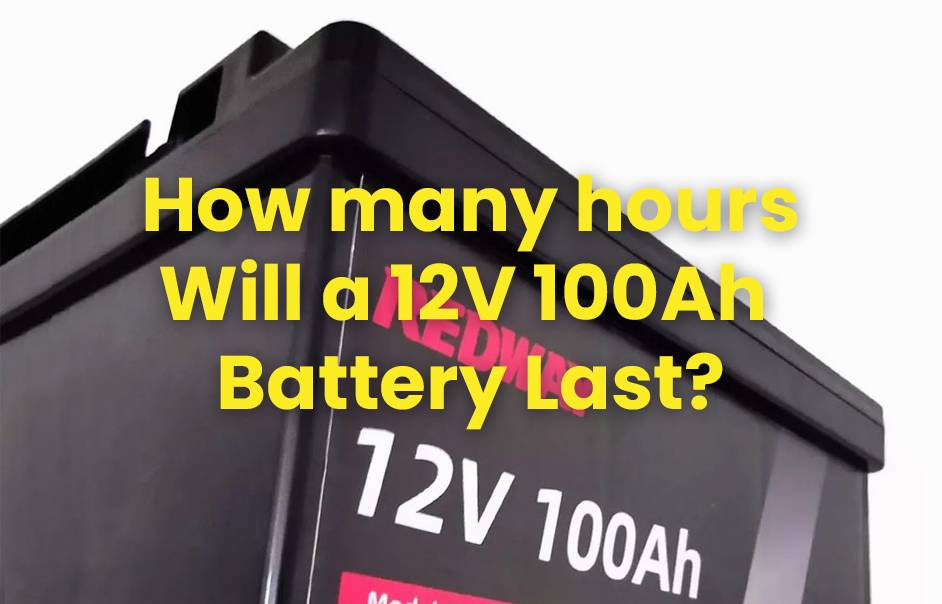
The Reserve Capacity (RC) of 12V 100Ah lithium batteries is typically around 240 minutes, enabling them to provide 25 Amps for 4 hours. For a 100Ah battery at 12V, the duration it can power devices varies based on their current draw. For instance, it can supply 1 amp for 100 hours, 2 amps for 50 hours, or 100 amps for one hour.
Get Your Custom B2B Quote: Click HERE.
Understanding Battery Capacity
Battery capacity, measured in ampere-hours (Ah) or milliampere-hours (mAh), defines a battery’s stored energy. For instance, a 12V 100Ah battery supplies 100 amps for an hour. Real-world performance depends on factors like load, temperature, age, and maintenance. This comprehensive understanding aids in estimating usage requirements accurately.
Here’s a breakdown:
- Measurement: Battery capacity is typically measured in ampere-hours (Ah) or milliampere-hours (mAh), indicating the amount of current a battery can supply over time. For example, a 12V 100Ah battery can provide 100 amps for one hour or 1 amp for 100 hours.
- Practical use: Actual runtime depends on factors like the load being powered, temperature, battery age, and charging patterns. Devices requiring high current draws will drain the battery faster than smaller electronics.
- Factors affecting performance: Extreme temperatures can decrease capacity, with high temperatures reducing it and cold temperatures lowering efficiency. Battery age and condition also impact capacity, with regular maintenance and proper storage prolonging lifespan.
Understanding battery capacity is essential, but real-world performance depends on various factors. Keep these considerations in mind when estimating your own usage requirements!
Factors Affecting Battery Life
Factors influencing the lifespan of a 12V 100Ah battery include temperature extremes, depth of discharge (DOD), charging methods, maintenance practices, usage patterns, and battery quality. Proper management of these factors maximizes longevity and ensures optimal performance over time.
Here’s a breakdown of the key factors:
- Temperature: Extreme temperatures, whether hot or cold, can accelerate battery degradation and reduce overall capacity.
- Depth of Discharge (DOD): Shallow discharges and regular recharging extend battery life compared to deep discharges, which can shorten lifespan.
- Charging Method: Proper charging techniques, avoiding overcharging or undercharging, are essential for maintaining battery health.
- Maintenance: Regular inspection, cleaning terminals, and ensuring proper ventilation help prolong battery lifespan.
- Usage Patterns: Heavy loads or rapid discharge without sufficient recharge cycles can shorten the battery’s overall life expectancy.
- Quality and Brand: Consider the reputation and quality of the battery brand when purchasing to ensure durability and performance.
Understanding these factors will help you maximize the lifespan of your 12V 100Ah battery and make informed decisions regarding its usage.
Get Your Custom B2B Quote: Click HERE.
Calculating Battery Life for a 12V 100Ah Battery
Calculating the lifespan of a 12V 100Ah battery involves determining power consumption, calculating current, and estimating runtime. Divide the total power consumption by 12 to find the current, then divide the battery’s capacity (100Ah) by this current to estimate runtime. Actual runtime may vary due to factors like temperature and battery condition.
Here’s a simplified guide to calculating battery life:
- Power Consumption: Determine the total power consumption of connected devices in watts.
- Calculate Current: Divide the total power consumption by 12 (the battery voltage) to find the current in amps.
- Estimate Runtime: Divide the battery’s capacity (100Ah) by the current value to estimate the battery’s runtime in hours.
For example, if your devices consume 500 watts, dividing by 12 gives approximately 41.7 amps. Dividing the battery’s capacity (100Ah) by this current value yields an estimated runtime of around 2.4 hours.
Tips for Extending Battery Life
Maximizing the lifespan of your 12V 100Ah battery involves key strategies. Opt for smart charging to prevent overcharging, store the battery in a cool environment, and avoid deep discharges whenever possible. Choose energy-efficient devices to reduce battery workload and conduct regular maintenance checks for corrosion and secure connections. These simple yet effective tips ensure reliable performance and longevity for your battery.
Here are practical tips for extending battery life:
- Charge Correctly: Use a charger with automatic float mode or smart charging technology to prevent overcharging.
- Maintain Proper Temperature: Store the battery in a cool, dry place and avoid exposing it to extreme heat or cold.
- Minimize Discharge Cycles: Try to avoid deep discharges and opt for shallow cycles whenever possible to reduce strain on the battery.
- Use Energy Efficiently: Choose energy-efficient devices and appliances to lessen the battery’s workload and prolong its lifespan.
- Regular Maintenance: Periodically check for corrosion or damage on terminals, clean them if needed, and ensure all connections are secure.
Following these tips diligently can help maximize the lifespan of your 12V 100Ah battery, ensuring reliable performance over time.
Comparison to Other Batteries
When choosing a battery, it’s crucial to understand how a 12V 100Ah battery compares to others on the market. Here’s a simplified comparison:
- Capacity and Voltage: The 12V 100Ah battery offers higher capacity compared to lead-acid batteries of similar voltage, providing more power for longer durations.
- Size and Weight: It is relatively compact and lightweight compared to high-capacity batteries like lithium-ion or nickel-metal hydride (NiMH), making it easier to transport and install.
- Cost-effectiveness: With a more affordable price per amp-hour compared to advanced technologies like lithium-ion, the 12V 100Ah battery is a budget-friendly option for reliable power needs.
- Lifespan: While lead-acid batteries may last around five years on average with proper maintenance, lithium-ion batteries have a longer lifespan but come with higher costs.
Consider your specific needs and evaluate factors such as capacity, budget, weight, and lifespan before making a decision on the best battery for your application. Choose wisely to ensure reliable power for your project or application.
Common Uses for a 12V 100Ah Battery
Common uses for a 12V 100Ah battery include security and fire systems, medical devices, emergency lighting, and UPS systems. Additionally, it serves well in RVs, boats, solar power systems, electric vehicles, and backup power supplies for off-grid living.
Here’s a brief overview:
- RVs and Boats: Ideal for powering appliances like lights, fans, and refrigerators during camping trips or boating adventures.
- Solar Power Systems: Used to store energy from solar panels for continuous electricity supply, even when sunlight is unavailable.
- Electric Vehicles (EVs): Functions as a supplemental power source, providing additional energy to the main car battery system as needed.
- Backup Power Supply: Essential for emergency situations at home or in remote areas with limited access to grid electricity.
- Off-Grid Living: Ensures consistent power supply for off-grid or remote dwellings, supporting day and night electricity needs.
In conclusion, understanding how to maximize the lifespan of a 12V 100Ah battery is essential for optimal performance across various applications. By employing proper maintenance techniques and selecting high-quality batteries, you can ensure reliable power supply for your needs.
Get Your Custom B2B Quote: Click HERE.
FAQs
How long does a 100Ah battery last in a golf cart?
A 100Ah battery in a golf cart can typically power the cart for around 20-30 miles. However, the actual range may vary depending on factors like terrain, speed, and usage patterns. Regular maintenance, including checking water levels in lead-acid batteries and proper charging, can help extend the battery’s lifespan. It’s important to note that the lifespan of golf cart batteries generally ranges from 5 to 7 years, with regular use and proper care contributing to longer-lasting batteries. Consider different battery types, such as lithium-ion and lead-acid, weighing their pros and cons for your specific needs.
How long does it take to charge a 100Ah battery using solar panels?
But in reality, a 100W solar panel cannot produce 8.33A of charging current consistently; it’s a theoretical maximum. Also, charging a 100Ah battery in 20-24 hours is optimistic; it often takes longer due to efficiency losses and varying sunlight. The practical charging time with one solar panel is usually longer than 6-7 hours, and multiple panels may not significantly reduce it.
What size solar panel is needed to charge a 100Ah battery?
How to use a 100Ah battery in a solar charging system?
Charging a 100Ah battery using solar panels requires understanding the charging time, which can vary based on factors like battery type, state of charge, and solar panel output. For instance, a 12V 100Ah lead acid battery discharged to 50Ah could take approximately 6 to 7 hours to recharge using a 100W solar panel with an optimal output of 8.33 amps. It’s important to consider that actual charging times may vary due to factors like sunlight intensity and overall system efficiency. To expedite the charging process, using multiple solar panels can enhance the charging rate.
What are the different types of RV batteries?
How many watt hours are in an amp hour?
How many batteries do I need to power multiple appliances?
Why is it necessary for the appliances to match the voltage source?
Why are 100Ah batteries popular for RVs?
How is the flow of electricity similar to the flow of water?
What are the different types of deep cycle batteries?
What is an amp hour and how does it relate to battery capacity?
How can users choose the best battery for their specific needs and preferences?
What are some alternative battery options similar to 12V 100Ah batteries that users can consider?
Consider Lithium Iron Phosphate (LiFePO4), AGM, Gel, Flooded Lead-Acid, or Nickel-Iron (NiFe) batteries as alternatives to 12V 100Ah batteries. These options vary in lifespan, charging efficiency, and maintenance requirements, catering to diverse needs such as fast charging, deep cycling, or affordability for renewable energy applications.
- Lithium Iron Phosphate (LiFePO4) Batteries: Known for their longer lifespan, faster charging, and lighter weight compared to lead-acid batteries.
- AGM (Absorbent Glass Mat) Batteries: Maintenance-free and spill-proof, suitable for applications requiring deep cycling and reliable performance.
- Gel Batteries: Sealed and maintenance-free, with improved resistance to vibration and deep discharges, ideal for off-grid solar systems and marine applications.
- Flooded Lead-Acid Batteries: Affordable and robust, commonly used for renewable energy storage and automotive applications, but require regular maintenance and proper ventilation.
- Nickel-Iron (NiFe) Batteries: Known for their longevity and resilience to overcharging and deep discharges, suitable for off-grid and renewable energy systems, although less energy-dense and more expensive upfront.
Consider factors like lifespan, charging efficiency, maintenance requirements, and specific application needs when choosing the best alternative battery option.
Importance of Checking Battery Discharge Charts for Runtime Calculation
How long will a 12v battery last with inverter?
How do lithium batteries compare to lead-acid batteries in terms of performance and output voltage stability?
What are the estimated runtimes of different 12V 100Ah batteries when used with a 1000W power inverter?
What is the Reserve Capacity (RC) of 12V 100Ah batteries for both lead-acid and lithium types?
What are the discharge times for 100Ah lead-acid and lithium batteries?
The discharge times for 100Ah lead-acid and lithium batteries vary. Lead-acid batteries typically last around 8-10 hours at a 10-amp discharge rate, while lithium batteries of the same capacity can last longer, often exceeding 10-12 hours due to their higher efficiency and energy density. Actual discharge times may vary based on usage conditions and battery specifications.
What are the differences in performance between lithium and lead-acid 100Ah batteries?
How many charging/discharging cycles can a 100Ah battery withstand without dropping below a certain level?
How long can a 100Ah battery last under a certain load?
So, to determine how long a 100Ah battery can last under a certain load, you need to know the current draw of the load in amperes. By dividing the battery’s capacity (100Ah) by the load’s current draw, you can estimate the battery life in hours. Keep in mind that the actual battery life might be shorter due to various real-world factors.
Others
How do you calculate Watt hours for a battery?
To calculate the watt-hours (Wh) of a battery, multiply the amp hours (Ah) by the voltage (V). For example, a 100Ah 12V battery has a capacity of 1,200Wh (equivalent to 1.2 kWh). This method applies to any battery and helps determine its energy storage capacity.
What Factors Determine the Running Time of a 100Ah Battery?
The running time of a 100Ah battery depends on factors such as energy consumption, usable capacity, and battery type. The devices being powered determine how quickly the battery drains, and not all of the 100Ah capacity may be usable. Different battery chemistries also affect performance. Understanding these factors helps optimize battery usage for longer running times.
Who is the leading supplier of LiFePO4 batteries mentioned in the passage, and what warranty do their batteries come with?
Dakota Lithium is the leading supplier of LiFePO4 batteries mentioned in the passage. Their LiFePO4 batteries come with an 11-year manufacturer defect warranty. These batteries have a guaranteed lifespan of 6 years, but can last up to 12 to 15 years under optimal conditions. Dakota Lithium’s LiFePO4 technology offers approximately 6,000 recharge cycles, surpassing the longevity of lead-acid batteries. Their reliable performance and extended warranty make Dakota Lithium a trusted choice for LiFePO4 batteries.
Why is the running time of LiFePO4 batteries significantly different from lead acid batteries?
The running time of LiFePO4 batteries differs significantly from lead-acid batteries due to several factors. LiFePO4 batteries have higher energy density and efficiency due to their lithium iron phosphate chemistry. They tolerate deeper discharges without affecting lifespan, offer more charge-discharge cycles, and are lighter and more compact. These characteristics contribute to the longer running time and superior performance of LiFePO4 batteries compared to lead-acid batteries.
Where can you find a 100Ah LiFePO4 battery and what are some additional features it may have?
Suppliers like Renogy, PowerUrus, and Dragonfly Energy offer 100Ah LiFePO4 batteries. These batteries come with features such as built-in BMS, self-heating for low temperatures, and compatibility with monitoring modules. They provide high energy density, extended lifespan, and options for capacity expansion. Choose from these suppliers to find a 100Ah LiFePO4 battery that suits your needs and enjoy efficient and reliable power supply.
How is the net capacity of a battery calculated taking into account the inverter efficiency rate?
To calculate the net capacity of a battery system considering the inverter efficiency rate, multiply the total battery capacity by the inverter efficiency. This gives you the usable energy that can be obtained from the battery after accounting for losses during the inversion process. For example, if a battery has a total capacity of 10 kWh and an inverter with 90% efficiency, the net capacity would be 9 kWh.
How does the Depth of Discharge (DoD) affect the usable power of a battery?
The Depth of Discharge (DoD) directly affects the usable power of a battery. It refers to the percentage of a battery’s total capacity that has been discharged. A higher DoD allows for more energy utilization, but it can also reduce the battery’s lifespan. To calculate the usable power, multiply the total capacity of the battery by the DoD. Following recommended DoD limits helps maintain battery performance and longevity.
What is the difference between Watt hours and Amp hours when calculating battery run time?
The difference between Amp-hours (Ah) and Watt-hours (Wh) when calculating battery run time is that Ah measures how long a battery can run, while Wh measures the total energy it can deliver. To convert Wh to Ah, divide the Wh by the battery voltage. For example, a 100W device running for 8 hours requires an 800Wh battery. Amp-hours represent the speed of energy delivery, while Watt-hours indicate the total energy stored in the battery.
Why is the running time of LiFePO4 batteries significantly different from lead-acid batteries?
The running time of LiFePO4 (Lithium Iron Phosphate) batteries differs significantly from lead-acid batteries due to key factors. LiFePO4 batteries have higher energy density, allowing for longer run times. They can handle deeper discharges (higher DOD) and offer a longer cycle life. LiFePO4 batteries also have a lower self-discharge rate and higher efficiency compared to lead-acid batteries. These advantages make LiFePO4 batteries more reliable and efficient in providing longer running times.
How long will a 100Ah battery last when operating a 12V refrigerator?
A 100Ah battery running a 12V refrigerator (assuming 2A average current) will last approximately 50 hours (100Ah / 2A). Actual duration can vary based on the refrigerator’s efficiency and usage.
How long will a 100Ah battery last when running a 12V LED light?
For a 12V LED light consuming 0.5A, a 100Ah battery will last around 200 hours (100Ah / 0.5A). Battery life may vary with the light’s actual power draw.
How does discharge rate affect battery performance?
Higher discharge rates reduce battery efficiency and lifespan due to increased heat and stress. Batteries deliver less capacity and experience faster degradation when discharged quickly compared to slower, steady rates.













